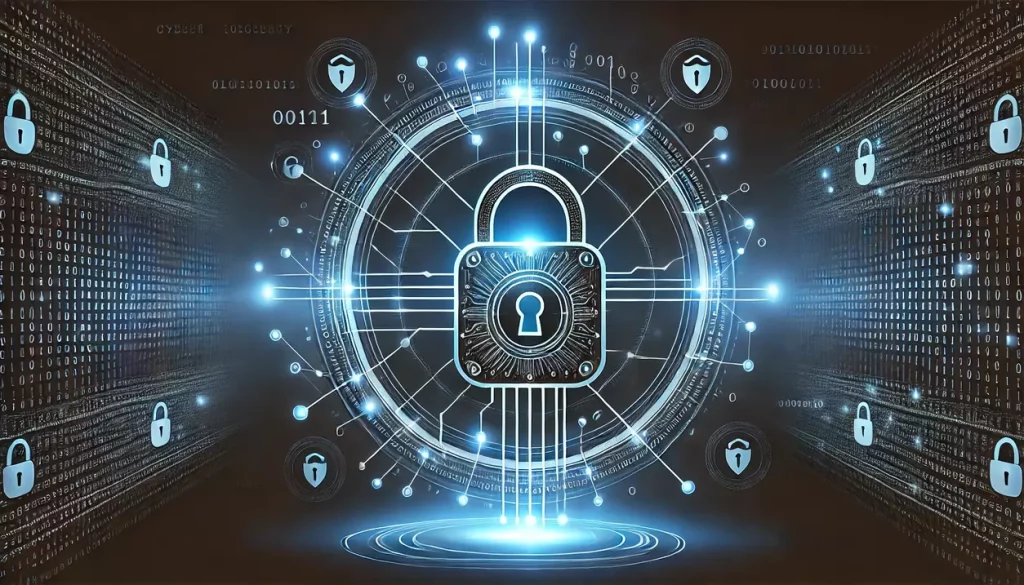With cyber threats constantly evolving, it’s crucial that both individuals and businesses adopt daily security practices to protect their data and systems.
Cyber hygiene refers to simple, routine steps that users can take to strengthen their defenses against common cyber attacks, such as phishing, ransomware, and data breaches.
As a cybersecurity specialist with years of experience in consulting for businesses and organizations, I can assure you that implementing basic security measures can dramatically reduce the risk of cyber incidents.
In this article, I will walk you through practical steps you can take every day to enhance your security, protect your privacy, and mitigate risks.
Use Strong, Unique Passwords (and a Password Manager)
Passwords remain a primary target for attackers, making it essential to use strong, unique credentials for each account. Despite the growing awareness, many users still reuse passwords across multiple platforms, making a single breach potentially catastrophic.
Best Practices:
- Use complex passwords: At least 12 characters with a mix of upper and lowercase letters, numbers, and symbols.
- Avoid using personal information: Names, birthdays, and simple words are easily guessable.
- Use a password manager: Tools like RoboForm, LastPass, Dashlane, or Bitwarden help create and securely store unique passwords for every account, eliminating the need to remember them manually.
A password manager generates long, random strings of characters, significantly reducing the risk of brute force attacks. Additionally, using a manager encourages you to adopt a “zero-knowledge” principle, meaning even the provider cannot access your passwords.
Bonus Tip:
Enable two-factor authentication (2FA) on all accounts where it’s available. This adds an extra layer of security, making it harder for attackers to gain unauthorized access, even if they have your password.
Regularly Update Software and Operating Systems
Outdated software is a common entry point for cyber criminals. Security patches are often released to fix vulnerabilities discovered in operating systems, apps, and firmware. Failing to apply these patches can leave your devices exposed.
Actionable Steps:
- Turn on automatic updates: Ensure that your operating system (Windows, macOS, iOS, Android) automatically installs updates as soon as they are released.
- Update all apps: Regularly check and update applications, particularly browsers, office suites, and any software you use to manage sensitive information.
- Check firmware: Routers, smart home devices, and other IoT (Internet of Things) devices require periodic updates to remain secure.
Recommended Tools:
- Ninite: Automates the process of installing updates for commonly used Windows apps.
- Patch My PC: A powerful tool for Windows that ensures all third-party software is kept up to date.
Backup Data Regularly
Data loss can occur through various means—cyberattacks, hardware failure, or accidental deletion. A robust backup strategy is a critical component of cyber hygiene, ensuring that data can be recovered even in the worst-case scenario, like a ransomware attack.
How to Backup Efficiently:
- Use the 3-2-1 rule: Keep three copies of your data—two stored locally on different devices and one offsite (cloud storage).
- Schedule automatic backups: Ensure backups run automatically and regularly to minimize the risk of losing recent data.
Recommended Tools:
- Acronis True Image: An excellent tool for both local and cloud backups.
- Backblaze: Affordable and reliable cloud backup solution.
- Apple Time Machine (for macOS) and Windows File History (for Windows) are built-in solutions to help with regular backups.
Bonus Tip:
Ensure your backup strategy includes encrypted backups, so even if your backup files are compromised, they can’t be read without proper access.
Be Aware of Phishing Attacks
Phishing attacks have become more sophisticated, often impersonating trusted institutions, co-workers, or popular services. Being able to identify phishing emails or fraudulent websites is a critical cyber hygiene skill.
Spotting Phishing Attempts:
- Verify the sender: Always double-check the sender’s email address to ensure it’s legitimate.
- Hover over links: Don’t click on a link without first hovering over it to see the actual URL. If it looks suspicious, don’t click.
- Check for inconsistencies: Spelling mistakes, odd requests (like asking for credentials), or urgent tone are common in phishing emails.
- Use anti-phishing browser extensions: uBlock Origin, Avast Online Security, and Netcraft Anti-Phishing are useful tools to block malicious websites and phishing content.
Proactive Tools:
- PhishMe: A great tool for businesses to train employees on phishing identification.
- KnowBe4: Provides simulated phishing attacks and security awareness training for organizations.
Secure Your Wi-Fi Network
Your home or office Wi-Fi network can be an entry point for attackers, especially if not configured securely. With the rise of remote work, ensuring that your Wi-Fi settings are optimized for security is essential.
Security Practices for Wi-Fi:
- Change the default router credentials: Many routers come with default usernames and passwords that attackers can easily find online.
- Use WPA3 encryption: Ensure your Wi-Fi is using WPA3 encryption (or WPA2 if WPA3 is unavailable) to protect data from being intercepted.
- Turn off SSID broadcasting: Hiding your network’s SSID makes it less visible to casual attackers.
- Create a guest network: If you often have guests or colleagues accessing your network, consider setting up a separate network with limited permissions.
Recommended Tools:
- Fing: A network scanning app that helps you monitor devices connected to your Wi-Fi.
- NetSpot: A Wi-Fi analyzer to optimize and secure your wireless network.
Use a VPN for Public Wi-Fi
When accessing the internet on public Wi-Fi, your data can easily be intercepted by cybercriminals. Using a Virtual Private Network (VPN) encrypts your connection, ensuring your data remains secure even on unsecured networks.
VPN Best Practices:
- Always use a VPN when working remotely or on public Wi-Fi (cafes, airports, hotels).
- Choose a reputable VPN provider: Avoid free VPNs that may sell your data or provide weak encryption.
Recommended VPN Providers:
- IPVanish, NordVPN, ExpressVPN, and ProtonVPN are reliable options offering strong encryption, a no-logs policy, and high-speed connections.
Install and Regularly Update Antivirus Software
Antivirus software is your first line of defense against malware, ransomware, and other types of malicious software. It actively scans for threats and helps remove malware before it can cause damage.
Best Antivirus Practices:
- Keep antivirus software up to date: Regular updates are necessary to ensure that the software can detect the latest threats.
- Perform scheduled scans: Set daily or weekly scans to detect and remove potential threats.
Recommended Antivirus Tools:
- Bitdefender, ESET, Kaspersky, and Norton offer robust antivirus protection with real-time scanning capabilities.
Bonus Tip:
Consider using endpoint detection and response (EDR) solutions like CrowdStrike Falcon for advanced threat detection, especially in business environments.
Practice Safe Browsing Habits
Adopting safe browsing habits can prevent you from inadvertently downloading malware or visiting malicious sites.
Browsing Best Practices:
- Use a privacy-focused browser: Brave and Mozilla Firefox offer enhanced privacy controls compared to Chrome.
- Enable browser extensions: Install security-focused extensions like HTTPS Everywhere (for secure connections) and Privacy Badger (to block trackers).
- Clear cookies and cache regularly: This limits the amount of data stored on your browser, reducing the risk of tracking and credential theft.
Bonus Tool:
Consider using OpenDNS or Cloudflare DNS to filter out malicious websites before they can be accessed.
Conclusion
Cyber hygiene is not a one-time task but a continuous process that involves making security a daily habit. By following these practical steps—using strong passwords, regularly updating software, securing your networks, and being vigilant against phishing—you can significantly reduce your vulnerability to cyber threats.
While there is no such thing as a completely foolproof system, these measures will strengthen your defenses and make you a less appealing target for attackers.
As cyber threats evolve, staying informed and proactive about security is key. These practices, combined with the right tools, can help you maintain a strong security posture in an increasingly digital world.
Start applying these tips today, and you’ll be on the right path to safeguarding your data and privacy.





